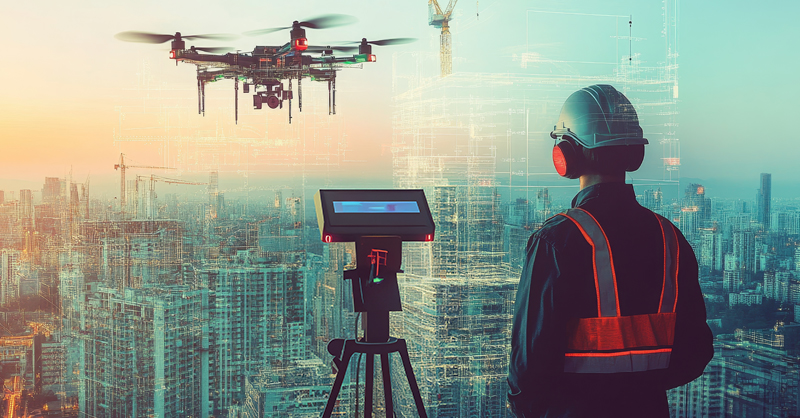In today’s AEC industry, precision and efficiency drive successful project execution. 3D laser scanning and drone imaging have become transformative tools, offering unmatched accuracy and cost-effectiveness for planning, monitoring, and documenting projects.
Enhanced Accuracy and Detail
3D laser scanning captures millions of data points to create highly accurate, detailed digital models of physical spaces. This accuracy reduces errors, minimizes rework, and ensures that all project stakeholders work from reliable data. Repro Products offers 3D laser scanning services for precise, on-the-ground documentation, enabling clients to add, modify, validate, and document their designs based on real-world conditions.
Improved Site Analysis and Planning
Drone imaging provides high-resolution aerial views and detailed imagery for applications such as site inspections, jobsite mapping, and equipment tracking. This birds-eye perspective enables comprehensive site analysis, better planning, and effective material monitoring, making complex project oversight more manageable.
Real-Time Progress Monitoring
With drone footage and laser-scanned data, project managers can monitor construction progress in real-time. Frequent scans can be overlaid to identify discrepancies from planned models, ensuring projects stay on track and within budget.
Enhanced Safety
By capturing data remotely, drones and 3D scanners limit the need for on-site personnel in hazardous areas. This technology keeps workers out of harm’s way and reduces the risk of accidents, making sites safer.
Streamlined Communication and Collaboration
Accurate models and site imagery make it easier for architects, engineers, and contractors to collaborate. Repro Products’ services, including direct CAD and model-based workflows, provide as-built conditions with exceptional accuracy, reducing costly errors and shortening project lifecycles.
Conclusion
Repro Products’ drone imaging and 3D laser scanning services help construction teams build confidence by providing the tools they need to enhance precision, safety, and collaboration on every project. For more information on how we can support your next project, visit this page.


